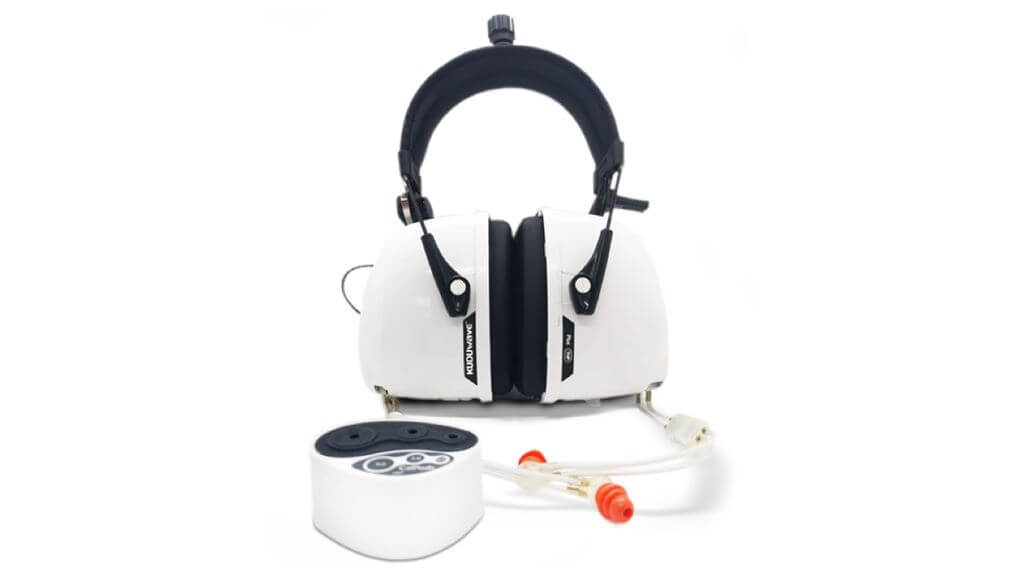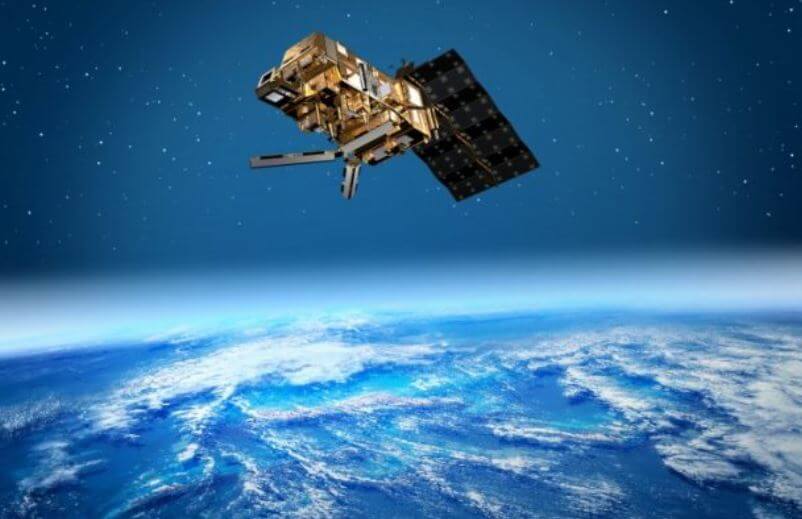On 20 February 2021, the Cygnus NG-15 spacecraft prepared for launch at NASA’s flight facility in Virginia. Its destination was the International Space Station, and its mission was to resupply cargo to the orbital lab and its crew. On board, there was one very unique and much anticipated piece of equipment, the South African manufactured portable audiometer called the KUDUwave. This medically certified device has been revolutionising the testing and diagnosis of auditory related deficiencies in South Africa since 2009.
But why was it headed into space?
THE CHALLENGES OF HEARING IN SPACE
The International Space Station is a noisy place. There are, for instance, multiple pumps and air handling systems used to cool payloads. Working in high-noise environments is known to lead to changes in the ability to hear higher frequencies. But NASA’s audiology studies began to pick up an unusual trend in the astronauts’ hearing tests. Rather than being affected at high frequencies, their test results suggested that hearing was being affected in low frequencies.
In the early years of the International Space Station, audiometers required an operator and were too bulky for spaceflight, so NASA adapted some software and in-ear speakers to conduct self-administered hearing tests. However, it was unclear if the results were negatively influenced by other variables such as background noises. In addition, this system could not measure middle ear function, which can affect hearing sensitivity.

And so the search to find a more capable product for On-Orbit Hearing Assessments (OOHAs) in space began.
The product needed to:
- Provide valid clinical data. Since hearing data are used by crew surgeons and audiologists to monitor crew hearing, NASA needed a device that is calibrated to internationally accepted audiometer standards. The KUDUwave is a fully functional and calibrated audiometer system that can test hearing sensitivity with air and bone conduction audiometry. Test results can reveal if a hearing change is due to inner ear problems, or due to issues with sound conducted through the ear canal, eardrum or ear bones.
- Be web based and compatible with NASA’s computer operating system so that results could be relayed back to Earth securely and promptly.
- Have low mass and require minimal additional hardware. Since the KUDUwave is similar in size to a large pair of headphones, and is portable, it doesn’t require a sound booth. The system takes up minimal space in the spacecraft and weighs much less than conventional audiometers.
- Be simple to use. Every minute of an astronaut’s daily schedule is accounted for, which means every task needs to be efficient. The KUDUwave is so simple to use that the astronauts can quickly conduct the tests independently, without needing assistance from Mission Control.
- Be able to test middle ear function. The KUDUwave’s unique built-in tympanometer can test middle ear mobility and stiffness in both ears at the same time.
- Report on background noise levels. The KUDUwave can use its own built-in Sound Level Meter to reveal if extraneous noises might interfere with the hearing test.
What followed was a few years of testing new prototypes as the available commercial product needed to be adapted to suit space missions. And what emerged was an exceptional product that not only achieves all of the above but can also withstand anything from being tumble dried for 30 minutes to temperatures down to -70 degrees Celsius (-94°F).
“Six years ago, I drew a simple image on my office blackboard, one that showed my dream of reaching for the stars. I just knew this product was going to change lives, change the world — and space travel was my dream.” — Dr Dirk Koekemoer, eMoyo founder
WHEN WILL KUDUWAVE TESTING IN SPACE BEGIN?
The first inflight OOHAs with KUDUwave will be carried out by two crews on the International Space Station in May 2021. The SpaceX Crew-2, scheduled to launch no earlier than 22 April, will conduct On-Orbit Hearing Assessments approximately two to three weeks into their mission and again around the halfway mark. These inflight tests will be done with both the KUDUwave and existing hardware to determine key differences. Around the same time, three additional crewmembers from Expedition 65 will also undergo inflight On-Orbit Hearing Assessments on board the space station. Test results are expected to be released towards the end of 2021.
If NASA can fully understand the elements affecting hearing loss or changes in their crewmembers during spaceflight, it will enable better monitoring of astronaut health in future long-duration space missions.
“This is a truly South African story. The will, the grit and the determination to create a product that will change the lives of so many people and we at eMoyo are so proud to be a part of that change.” — Jillian Scotland, COO of eMoyo
Image Courtesy: www.goodthingsguy.com
